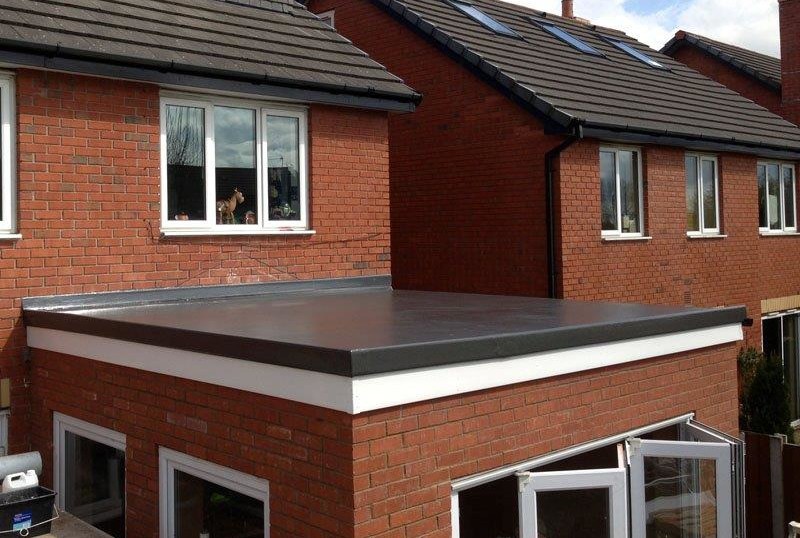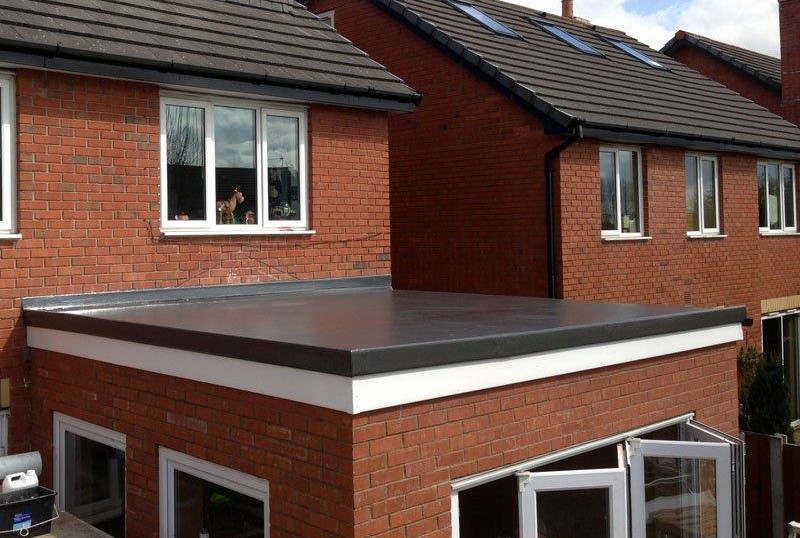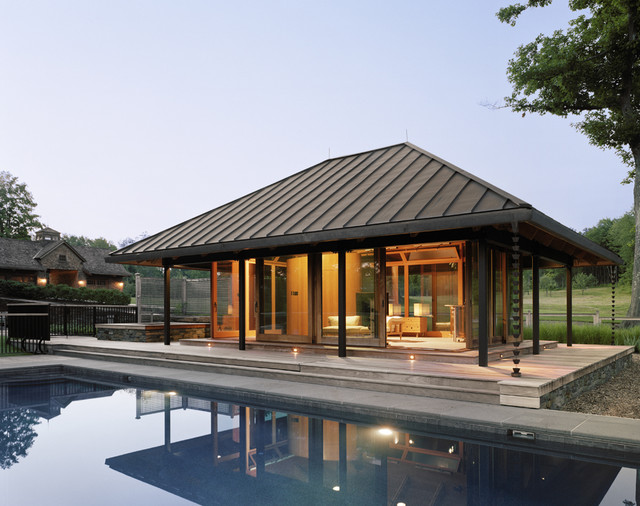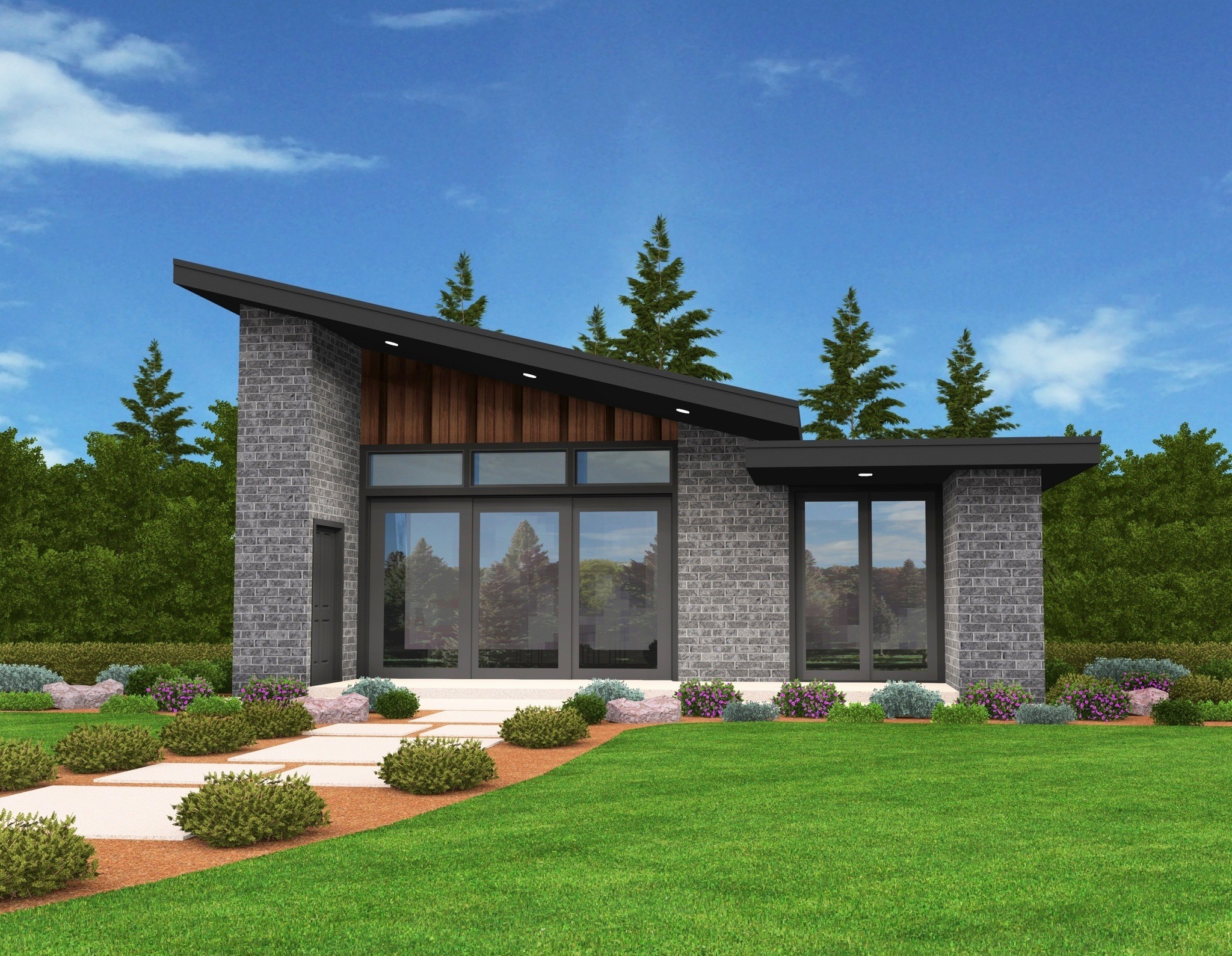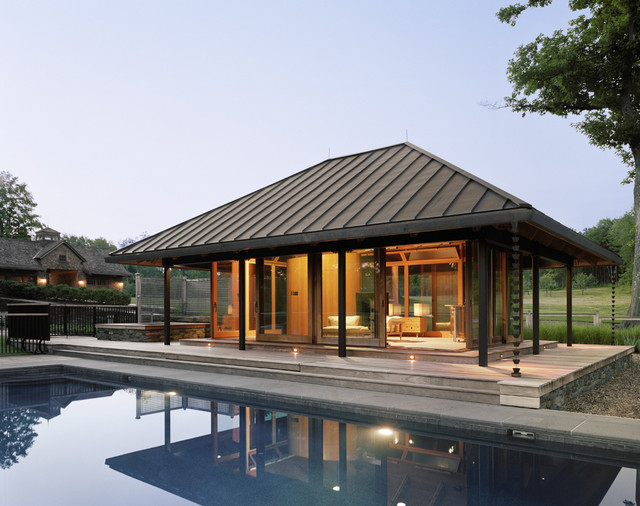Everything you should know before building a Flat roof
Flat roof extensions can provide a simple, cost-effective solution that ticks all of the right boxes. Especially for smaller extensions.
What is a flat roof?
A flat roof is a roof that is completely or almost level. However, whilst they are described as flat almost all flat roofs are laid to slope so that rainwater can run off to the lower side. The slope of the roof is properly known as its pitch.
Where flat roofs originally from –
Flat roofs are an ancient form mostly used in desert climates. Flat roofs exist all over the world, and each area has its own tradition or preference for the materials used. For hotter climates, where there is less rainfall many flat roofs are simply built out of masonry or concrete. This is because it is good at keeping the heat out, it is cheap and easy to build. Flat roofs are characteristic of the Egyptian, Persia, and Arabian styles of architecture.
The main thing flat roofs are used for is extensions. They are exceedingly popular with those looking to create a cool, modern home. Flat roofs help to free up internal space and are often cheaper than a pitched roof. It is also easier to incorporate a green roof onto the structure if you want to go for an eco-friendly version.
Pros and cons of flat roofs –
Pros
- Installation & Maintenance – flat roofs are fairly easy to install. The maintenance is also easy because there is no fear of sliding off the roof when it comes to fixing it or cleaning the gutters.
- Price – the flat roof is generally a less expensive option. A flat roof requires less materials for the construction, and the materials are cheaper than tiles. They also take less tome to install.
- Internal space is not imposed on – the lack of pitch means that you don’t have to extend your property upwards, and maybe block some views. You can also put things on top of the roof and create a roof top garden
Cons
- Temperature change – flat roofs absorb heat easier than flat roofs, because they are constantly absorbed by the sun. In the summer this can make your house very hot, however, in the winter it does the opposite and makes your house cold.
- Roof repairs – they are usually more expensive than a traditional pitched roof.
- Drainage – flat roof drainage is not as effective as pitched roofs and flooding can become an issue.
